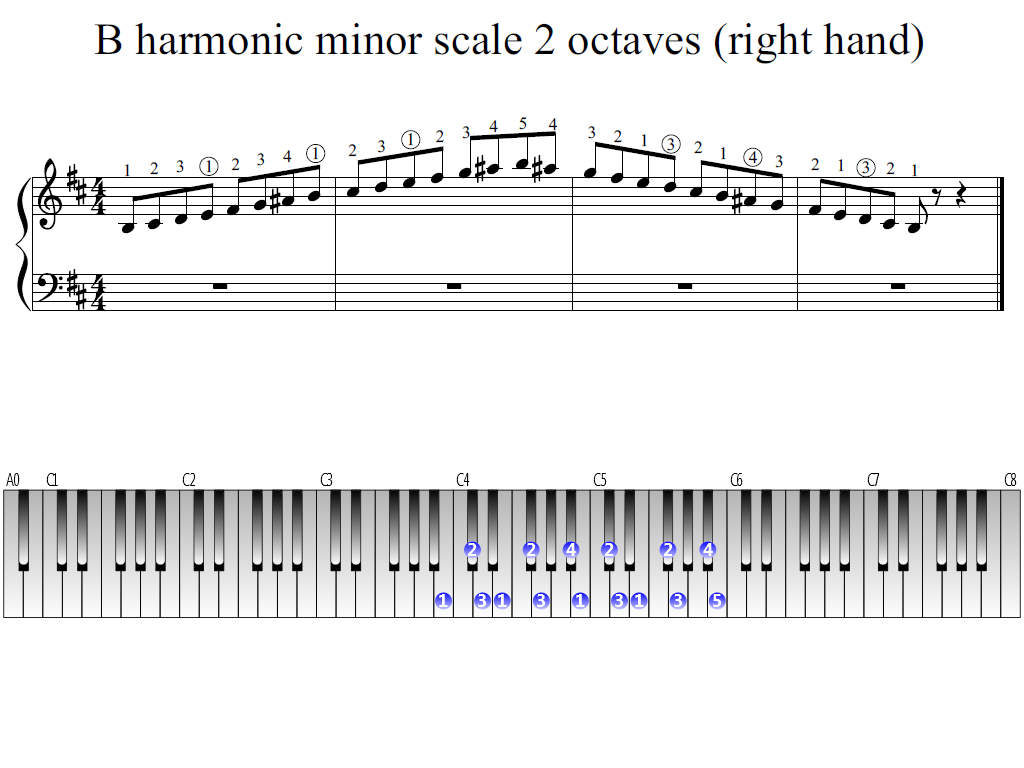
This means it can be a natural note, a flat note, or even a sharp note. Rather, it is a half step lower than the third in the major chord. Because it is called a flat third, most assume the note itself is a flat, such as B-flat, A-flat, etc. The minor third is always one note lower than the major third. Simply put, a flat note happens when you lower it by one note. Since the flat third is the key identifier when it comes to minor scales, it seems logical to spend a moment looking a bit deeper as to what they are. They aren’t the most pleasing sounds to the ears – and they can even sound eerie. See, most people who hear minor scales are quick to say that they have a dark, unpleasant, or sad tone. It is often the flat third notes fault as to why minor scales have the reputation that they do. This means that the 3rd note of the scale is flattened, or one semitone or half step lowered. It has a flat third (also known as a minor third scale degree). The typical minor scale is a musical scale that contains 7 notes. Today, let’s take a look at minor scales and learn about what they are, as well as the 3 types of minor scales: natural, harmonic, and melodic scales are. However, minor scales are just as important - and should also be included in your lessons. These are your most common scales and they tend to always sound vibrant and sweet.

Most people tend to focus on Major scales. In fact, scales are part of the foundation of becoming a musician. Knowing your scales is important for being able to gain a deeper understanding of music theory – and becoming more comfortable in your overall musical playing ability.


 0 kommentar(er)
0 kommentar(er)
